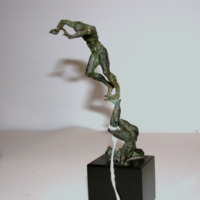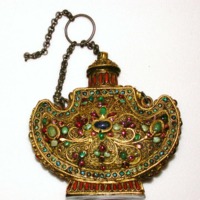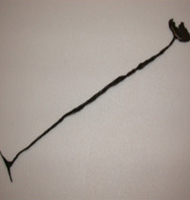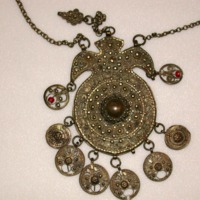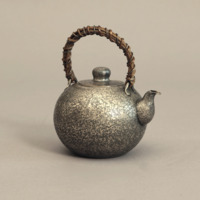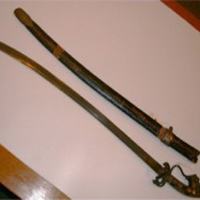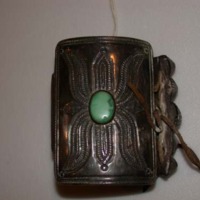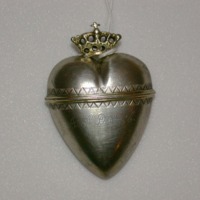Curiosity Cabinet
Curiosity Cabinets brought together a range of objects united only by the collector's sense of what linked them, whether that be their form, function, material or even their oddity. Anthropologists Pitt Rivers and Henry LeGrand Cannon both had ideas about arranging their collections that were quite different from those at the the time. Pitt Rivers was an evolutionist and he arranged his collection to illustrate this resulting in objects being placed together that might necessarily go together in the viewers mind. Henry LeGrand Cannon's "India Room," once installed at the Fleming museum, reflected his father's collection by placing anything and everything in the room. Objects ranged from helmets to masks to daggers and swords. These two individuals played a significant role in the beginnings of museum anthropology and the curiosity cabinet ideas.
As you scroll through this exhibit, question how the context in which you view these objects affects the way that you think about them. Consider that most of the objects presented here were not intended for museum display, yet here they are placed next to objects originating in different times and places, creating a whole new context in which to interpret their significance.
